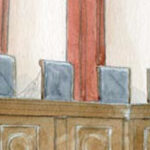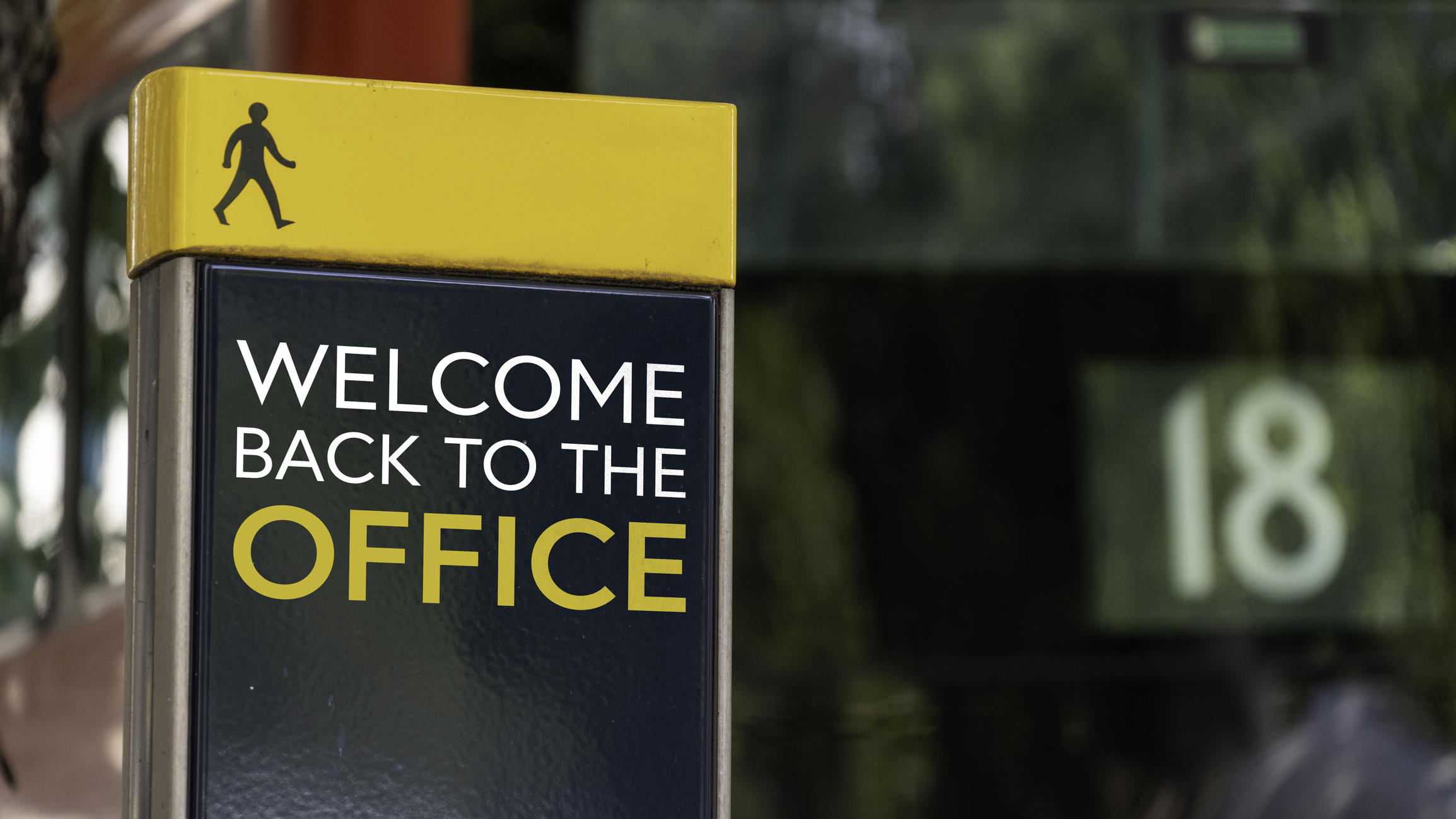To print this article, all you need is to be registered or login on Mondaq.com.
Aristocrat v Commissioner of Patents – the latest
update
Aristocrat v Commissioner of Patents – the latest
update
In the latest appeal by Aristocrat Technologies Australia Pty
Limited (Aristocrat) against a decision of the Commissioner of
Patents,1 Burley J of the Federal Court delivered
a judgement on the patentability of the residual claims of
innovation patent numbers 2017101629 (629 patent), 2017101097 (097
patent) and 2016101967 (967 patent). The residual claims were
found not to be directed to patentable subject matter.
A brief history of a tumultuous
series
This decision concludes a long series of appeals initiated by
Aristocrat, outlined as follows:
- In 2018 Aristocrat appealed an objection for lack of patentable
subject matter raised by the Australian Patent Office during
prosecution of the aforementioned innovation patent
applications.2 - The initial decision to reject the innovation patent
applications was reversed by Burley J of the Federal Court in
2020.3 The claims were found to be for
patentable subject matter. - The Commissioner of Patents appealed the Federal Court decision
to the Full Federal Court. In 2021, the resultant Full Court
decision reversed the 2020 Federal Court
decision4 in finding that the claims were not for
patentable subject matter. - Special leave was granted to appeal to the High
Court. - The High Court hearing was held in 2022. The resultant
decision5 was evenly split, thereby affirming the
Full Court decision that the claims were not for patentable subject
matter. - As the High Court decision was evenly split, an initial
remittal order from the Full Court to examine the validity of the
appended claims of the 629, 097 and 967 patents as well as
innovation patent number 2017101098 (098 patent)6
was brought into play, which brings us back to this Federal Court
case.
The considerations
The claims in question were generally directed to an electronic
gaming machine including hardware features such as a display, a
credit input mechanism, a plurality of buttons, a processor and
memory and software features such as a random number generator,
game program code, and reconfigurable symbol data defining
reels.7
Following an extensive analysis of the subject matter of the
independent claims of the 629, 097 and 967 patents in view of their
respective specification as well as the allowing and dismissing
reasons of the High Court split, Burley J discussed the scope of
the remittal order. In the present circumstances, Burley J
did “not consider that it is correct to draw upon the
reasoning of the High Court to influence [my] his decision making
in the relation to the residual
claims”.8 Instead, Burley J found that
the determination of the question of the manner of manufacture of
the residual claims must be made in regard to the reasoning of the
Full Court.9
Application of the Full Court reasoning to the
appended claims
Burley J considered, having regard to the findings of the
majority decision of the Full Court, that the only conclusion
available was that dependent claim 5 of the 967 patent provided no
additional features that would warrant a conclusion different to
the conclusion reached by the majority decision in respect of claim
1 of the 967 patent.10
Regarding claim 5 of the 629 patent, Burley J found that the
none of the additional features pertained to the development of
computer technology and further followed the Full court decision
that “neither changes in reel structure nor the idea of
configurable symbols were to be seen as advances in computer
technology”.11
Referring to claim 5 of the 097 patent, Burley J stated that the
additional features “are directed to the rules of the game
itself in displaying information and awarding additional games
based on the outcome of particular game events” and
“any ingenuity in the additional features resides in the
scheme or rules of the game itself and not in the manner of its
implementation in a conventional EGM”.12
Conclusion
In his findings, Burley J concluded that none of the appended
claims in the 629, 097 and 967 patents are directed to patentable
subject matter and therefore dismissed the appeal.
The overall test applied by Burley J decision generally followed
the 2021 Full Court decision. It remains to be seen if this
decision will affect examination practice at the Australian Patent
Office. This decision reiterates the importance of clearly
defining the technical nature and features of the invention at the
drafting stage of a patent specification.
Footnotes
1 Aristocrat Technologies Australia
Pty Limited v Commissioner of Patents (No 3) [2024]
FCA 212 (Aristocrat FCA 2024).
2 Aristocrat Technologies Australia Pty
Limited [2018] APO 45.
3 Aristocrat Technologies
Australia Pty Limited v Commissioner of Patents [2020] FCA
778.
4 Commissioner of Patents v
Aristocrat Technologies Australia Pty Ltd [2021] FCAFC 202
(Aristocrat FCAFC).
5 Aristocrat Technologies
Australia Pty Ltd v Commissioner of Patents [2022] HCA
29.
6 Aristocrat FCAFC at
[97].
7 Aristocrat FCA 2024 at
[54].
8 Aristocrat FCA 2024 at
[109].
9 Aristocrat FCA 2024 at
[111].
10 Aristocrat FCA 2024 at
[135].
11 Aristocrat FCA 2024 at
[137].
12 Aristocrat FCA 2024 at
[149].
The content of this article is intended to provide a general
guide to the subject matter. Specialist advice should be sought
about your specific circumstances.
POPULAR ARTICLES ON: Intellectual Property from Australia
#Aristocrat #Commissioner #Patents #latest #update #Patent










